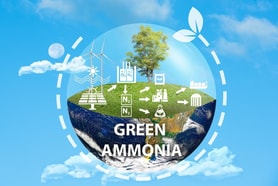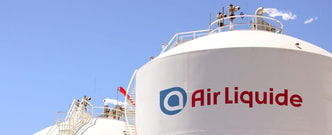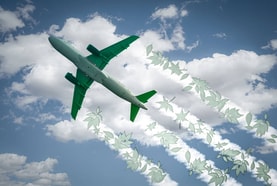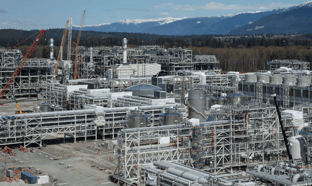Krypton – The hidden one
Derived from the Greek word ‘Kryptos’, meaning the hidden thing or secret one, Krypton is a monatomic, colourless, odourless, tasteless, and non toxic gas around three times heavier than air.
It was discovered in 1898 by Sir William Ramsay and Morris Travers in the residue left after evaporating water, oxygen, nitrogen, helium, and argon from a sample of liquid air.
As a noble gas, krypton is generally inert and forms very few chemical compounds. It occurs in nature as six stable isotopes.
Krypton-84 is the most prevalent, comprising about 57% of natural krypton, while the other five stable isotopes and their relative abundances are krypton-78 (0.4%), krypton-80 (2.3%), krypton-82 (12%), krypton-83 (11%), and krypton-86 (17%). Krypton content in the Earth’s atmosphere is 0.000114% by volume and 0.0003% by weight.
... to continue reading you must be subscribed









